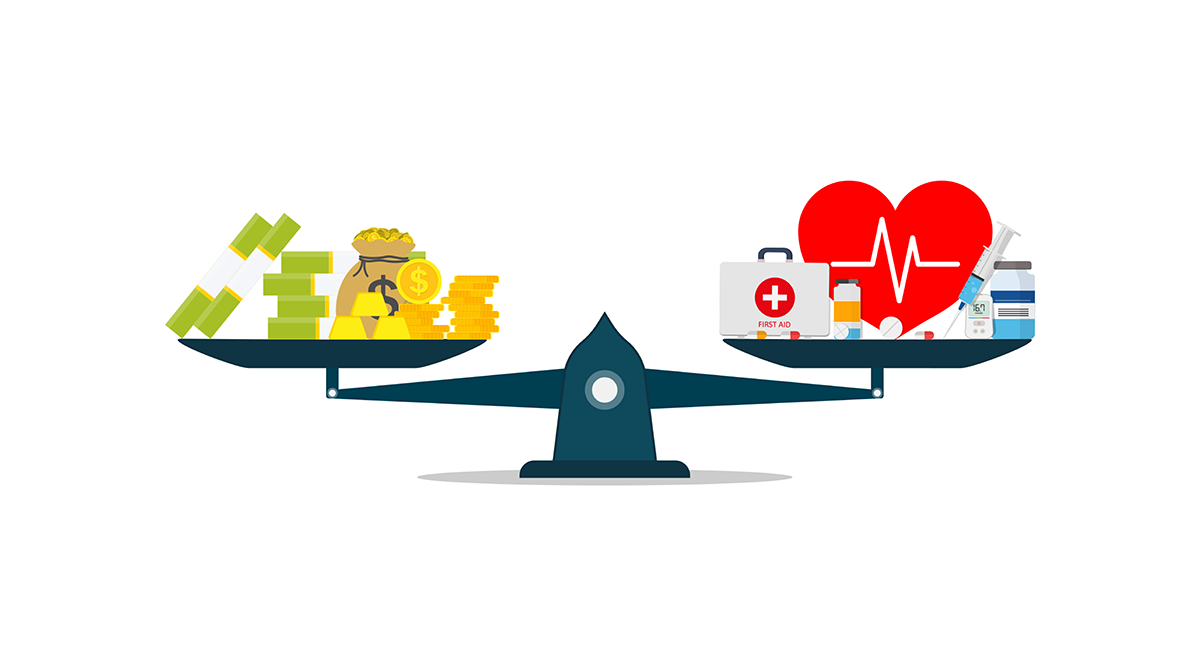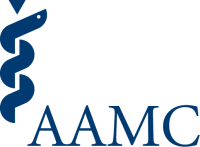Health Care Costs

Health care in the United States is expensive — and getting even more so.
In 2021, U.S. health care spending reached $4.3 trillion, or about $12,914 per person, according to the Centers for Medicare & Medicaid Services. That’s an increase of about 2.7% over 2020, led by increases in prescription drug costs (up 7.8% to $378 billion in 2021) and physician and clinical services (up 5.6% to $864.6 billion in 2021). As the U.S. population grows and ages, these costs are likely to increase even further.
No one factor is to blame for the high cost of care nor is the American system easily fixed by adopting international solutions. For years, policymakers have explored a variety of policies to reduce these costs, from experiments in value-based payments to, most recently, efforts to negotiate drug prices through Medicare. Thus far, none of these policies has had a significant impact on overall costs or on utilization.
Our approach
The AAMC Research and Action Institute seeks to examine all the factors that play into the cost of health care and explore realistic solutions to address the growth in costs, particularly the costs to households least able to afford critical care.
